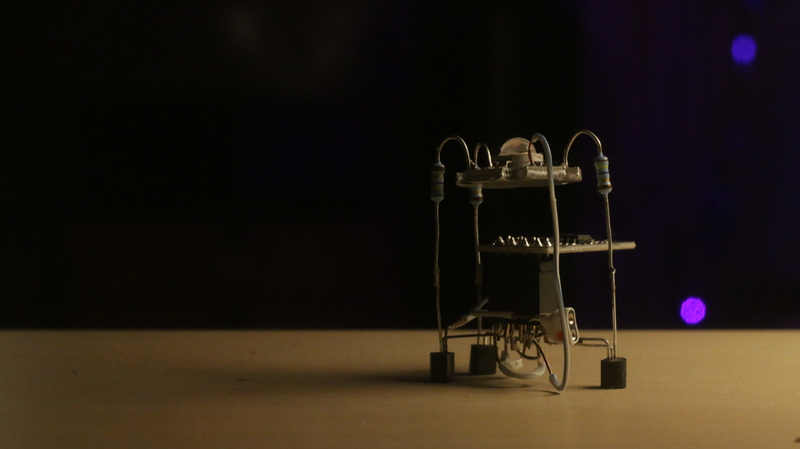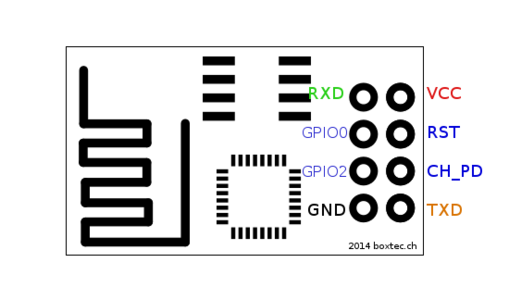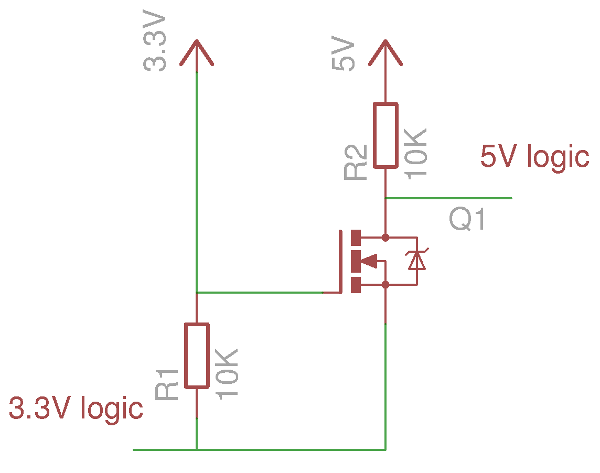-# Serial RGB LED driver, Interplay Medium dendrite module (for ESP8266)
+# Serial RGB LED driver, Interplay Medium™ dendrite module (for ESP8266)
This is IM denrite module (remote wifi network device) created for [Interplay Medium™](https://interplaymedium.org) project.
-
+
## Pinouts


+## Bidirectional MOSFET level shifter
+
+To drive an addressable RGB strip along with ESP8266, you need to synchronize logical levels.
+I usually use a simple MOSFET solution for single-channel shifting, hovever for multi-channel management, I would recommend using a simple Logic Gate IC like 74HC08 or a level shifter such as TXB0104.
+
+
+
## Preparing the building environment
Make sure that you have the environment installed as described at